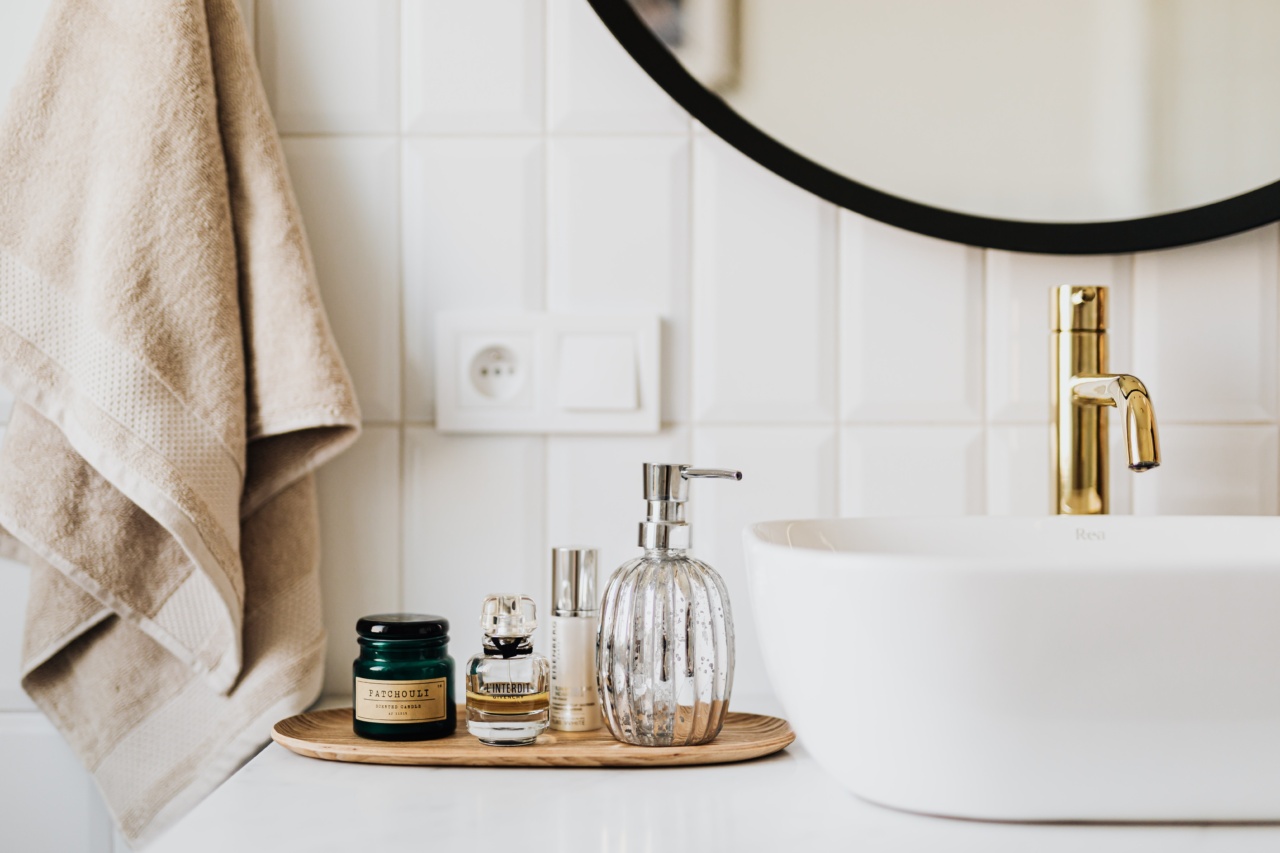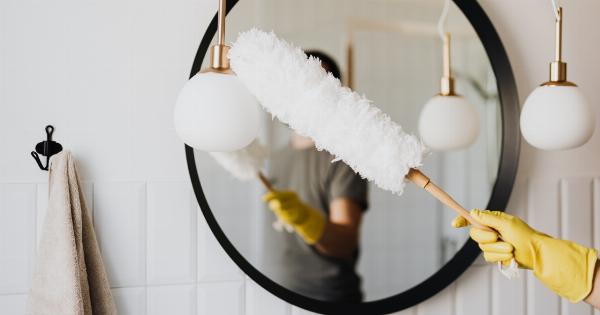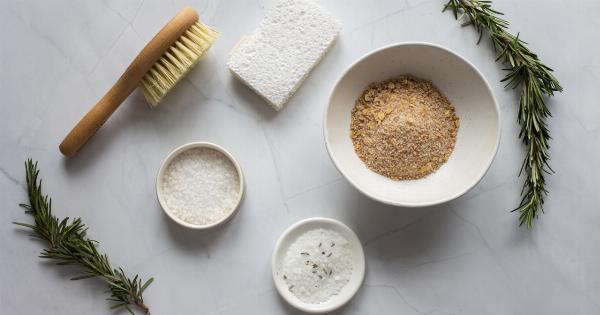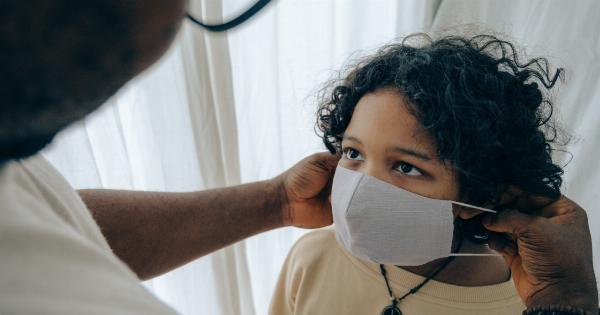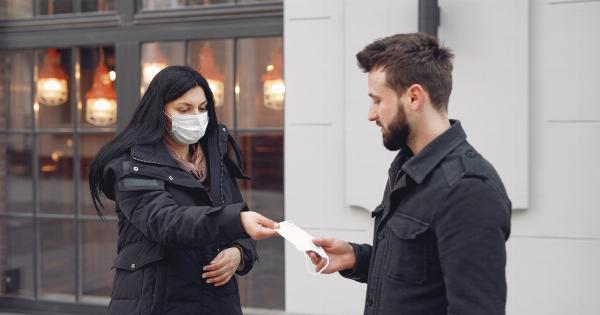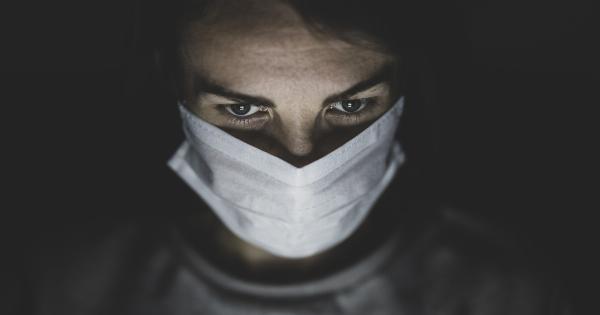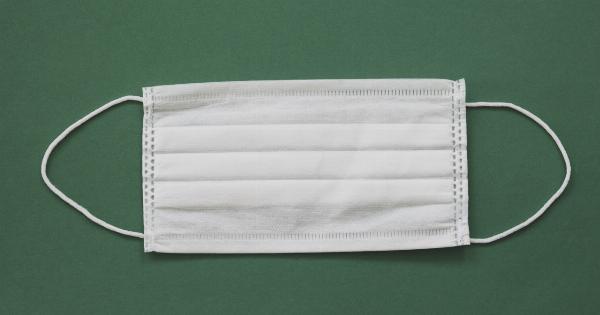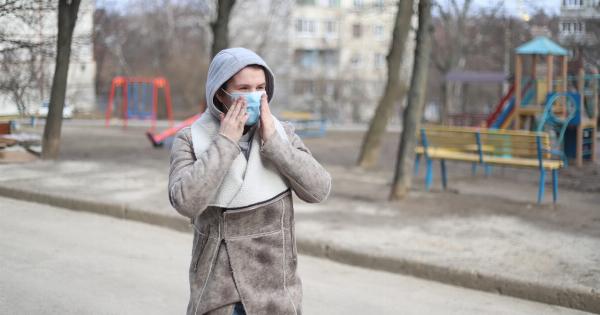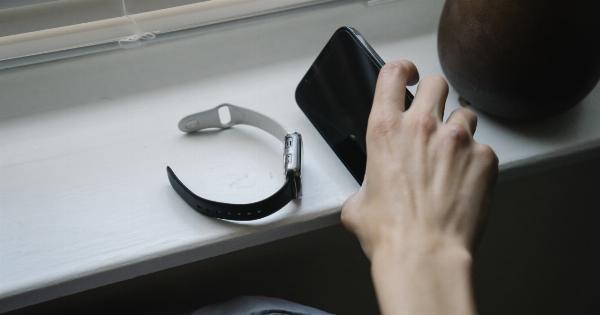The bathroom is one of the most important areas in a house when it comes to hygiene. It’s where we go to cleanse and freshen up, but unfortunately, it can also be a breeding ground for bacteria and germs if not properly maintained.
Even though we might think we are following the necessary steps to keep our bathrooms clean, there are several common factors that can contribute to poor bathroom hygiene. In this article, we will explore some of the reasons why your bathroom hygiene might be failing and provide tips on how to improve it.
1. Neglecting Regular Cleaning
One of the primary reasons for poor bathroom hygiene is neglecting regular cleaning.
Many individuals tend to clean their bathrooms only when they look visibly dirty, which means they might be missing out on several areas that require more frequent attention. From toilet bowls to faucets, showerheads, and countertops, all these surfaces should be cleaned regularly to reduce the buildup of bacteria and prevent the spread of germs.
2. Inadequate Ventilation
Poor ventilation in the bathroom can create a humid environment that promotes the growth of mold and mildew. These fungi not only make your bathroom look unappealing but can also cause respiratory issues and allergies.
Installing an exhaust fan or keeping a window open while taking a shower can help to eliminate excess moisture in the air and maintain proper air circulation.
3. Overcrowded Countertops
Having cluttered countertops not only makes it difficult to clean but also creates a favorable environment for bacteria. Items such as toothbrushes, makeup brushes, and razors can harbor germs if not stored properly or replaced regularly.
Keep your countertops clear and wipe them down daily to minimize the accumulation of dirt and bacteria.
4. Neglecting Bathroom Accessories
While we clean the visible surfaces in the bathroom, we often forget about regularly cleaning the accessories used daily, such as toothbrush holders, soap dispensers, and shower curtains.
These items can accumulate bacteria and mold over time, leading to poor bathroom hygiene. Make sure to wash or replace these accessories on a regular basis to ensure a clean and healthy environment.
5. Ignoring Tile and Grout
Tile and grout are notorious for collecting dirt and grime, especially in the bathroom. It’s essential to regularly clean the tile and grout using appropriate cleaning products and methods.
Neglecting these areas can lead to the growth of mold and mildew, which not only affects the appearance but also poses health risks.
6. Not Replacing Towels Regularly
Towels are often damp after use, providing the perfect breeding ground for bacteria. If you’re not replacing your towels regularly or not allowing them to dry properly between uses, you may be increasing the risk of spreading bacteria.
It’s recommended to replace towels every few days and ensure they are hung up to dry completely between uses.
7. Using Harsh Chemicals
While it’s important to use cleaning products to maintain bathroom hygiene, using harsh chemicals can have adverse effects. Certain cleaners contain toxic ingredients that can be harmful to both the environment and your health.
Consider using natural or eco-friendly alternatives that are gentle yet effective in cleaning and disinfecting your bathroom.
8. Neglecting Regular Plumbing Maintenance
Poor bathroom hygiene can also be influenced by neglecting regular plumbing maintenance. Leaky faucets, clogged drains, or malfunctioning toilets not only create an unhygienic environment but can also lead to water damage and further issues.
Make sure to address plumbing problems promptly and schedule regular maintenance to prevent any potential hygiene risks.
9. Lack of Hand Hygiene
Bathroom hygiene is not just about cleaning the physical space but also about personal hygiene. Failing to practice proper hand hygiene can contribute to the spread of bacteria and germs.
Always make sure to wash your hands thoroughly with soap and water for at least 20 seconds after using the bathroom to reduce the risk of contamination.
10. Not Following Proper Waste Disposal
Improper waste disposal can also contribute to poor bathroom hygiene. Sanitary products, tissue paper, and other waste should be disposed of in appropriate bins or flushed down the toilet, if applicable.
Leaving waste lying around or flushing items that shouldn’t be flushed can cause blockages, unpleasant odors, and even sewage backups.
Improving your bathroom hygiene doesn’t have to be a daunting task. By following these tips and addressing the common factors mentioned above, you can create a clean and hygienic bathroom environment for yourself and your family.
